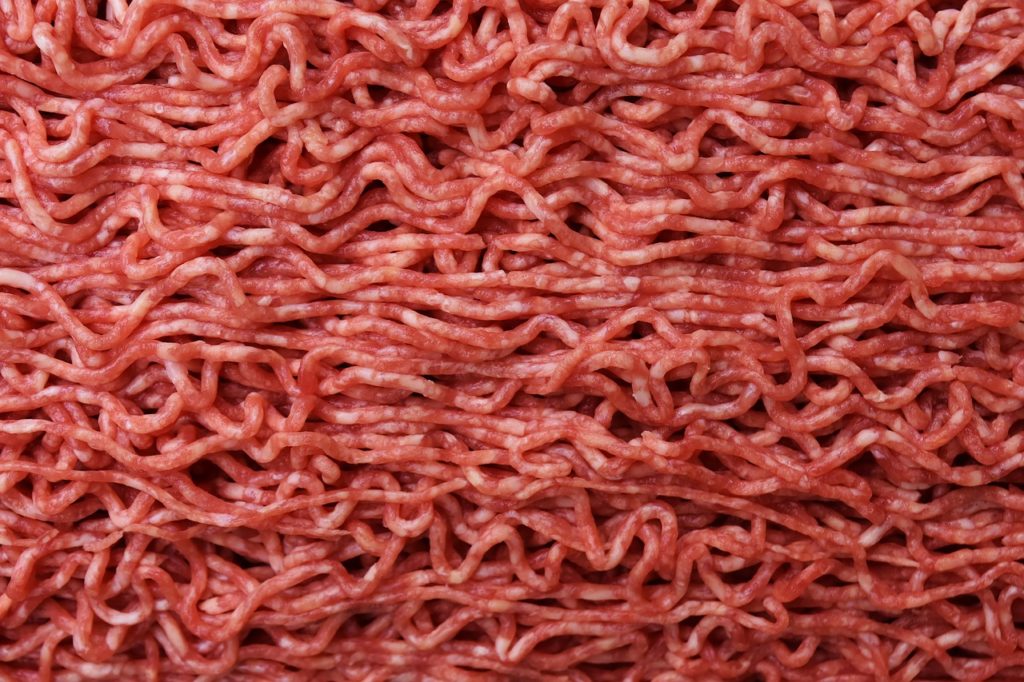According to data from the Centers for Disease Control and Prevention (CDC), in 2015 there were 902 food-related disease outbreaks. These outbreaks resulted in over 15,000 reported illnesses, 15 deaths, 950 hospitalizations and 20 food recalls. Pork and chicken products were some of the top products associated with the outbreaks. This is a serious indication of the need to improve food safety standards in meat processing facilities.
“The CDC. attributes three primary modes of failure for all foodborne disease outbreaks,” said Roger Maehler, Senior Director of Seasoning Research and Development for Newly Weds Foods to Food Business News. “The first is contamination, from post-cook cross contamination or the failure of decontamination. Then there’s proliferation, which is almost exclusively from non-compliant cold or hot holding. And lastly there’s survival, which is almost exclusively from non-compliant cooking processes.”
Maehler goes on to say that meat processors need to work on their sanitation methods in order to prevent future outbreaks related to their products. The typical sanitation process – involving the decontamination of animal carcases as the first step – may not be enough.
“While this approach is a good start, processors’ preventative measures cannot stop here,” Maehler said. “Decontaminating process aids are incapable of delivering completely safe ready-to-eat products. By definition and regulatory requirement, these process aids cannot have any downstream functionality with regard to limiting growth or ensuring destruction when cooked.”
Maehler told Food Business News that 95 percent of disease outbreaks involving meat products are due to pathogen proliferation, cross-contamination or undercooking. Although the decontamination process is necessary, it is not enough to ensure the safety of meat products down the production line. There must be a standard set for the sanitation of meat products before, during and after they leave the production facility.
“If you want to attack the other 95 percent of causative factors, you need pathogen proliferation control when notoriously unreliable refrigeration fails,” Maehler said. “You also need something to assist end-users to achieve a validated kill step outside of the tight constraints of a HACCP-controlled cook factory and something to reduce the potential for cross contamination in a home kitchen and food service.”
There are three extra ingredients meat manufacturers can use down their production lines in order to better sanitize their products and prevent any illness outbreaks.
- Lactates, Propionic Acid and Acetic Acid
The use of organic acids in food sanitation is growing. Although propionic acid is found to have the best sanitation results, all three acids are effective in preventing pathogens in meat. However, vinegar is the most socially acceptable ingredient for meat sanitation because it is well known by consumers and is a clean-label ingredient. Newly Weds Foods offers a variety of vinegar-based extractives that can be used in meat products without impacting the flavour of products.
“For raw beef and poultry applications, we suggest a usage level of 1%,” Maehler said. “This amount has demonstrated complete pathogen inhibition for up to a full month even when stored at 45° F, where exponential pathogen growth in controls is seen in less than two weeks. The extracts have also been shown to increase pathogen reduction by more than 90 percent at temperatures in the high 120s (degrees F) to low 130s (degrees F), where meat and poultry begins to look cooked but has not achieved the USDA-recommended kill level.”
- Ferments
For ready-to-eat meat products like beef jerky, vinegar may enhance their salty taste, making their flavor overwhelming. Sugar-based ferments are good decontaminators for this category. Food sanitation company, Corbion, offers variety of Listeria controlling ferments for ready-to-eat meat products.
“Our clean label ferments are made from sugars that are naturally fermented using specific food cultures to produce a range of different actives, such as organic acids, small peptides, residual sugars and other fermentation products,” said Dr. Tom Rourke, director of business development at Corbion. “These ferments provide additional functionality such as yield enhancement, texture improvement and savory flavor in addition to combating pathogens and extending shelf life.”
- Bioprotection Cultures
Bioprotection is the use of safe bacteria – mostly lactic acid bacteria – from the natural microflora of food to counteract pathogen contamination in meats. It is a natural method that can be used to prevent spoilage and pathogen contamination. Global bioscience company Chr. Hansen offers a variety of bioprotection cultures for meat manufacturers.
“Bioprotection cultures undergo a rigorous screening process,” said Véronique Zuliani, senior business development manager of meat and Ready-to-eat food cultures at Chr. Hansen. “This includes ensuring there is no antibiotic resistance, and no production of toxin or biogenic amine, among other strict selection criteria. The cultures are specifically selected to protect meat and poultry by inhibiting unwanted contaminants, preventing food spoilage and providing an opportunity for manufacturers to extend shelf life.”
With the meat industry facing difficulty in sales due to the increased consumer interest in plant-based foods, investing in proper sanitation for their products may help their case. By producing meat that is reputably safe and pathogen-free, companies can increase sales by gaining consumer trust.












Join or login to leave a comment
JOIN LOGIN